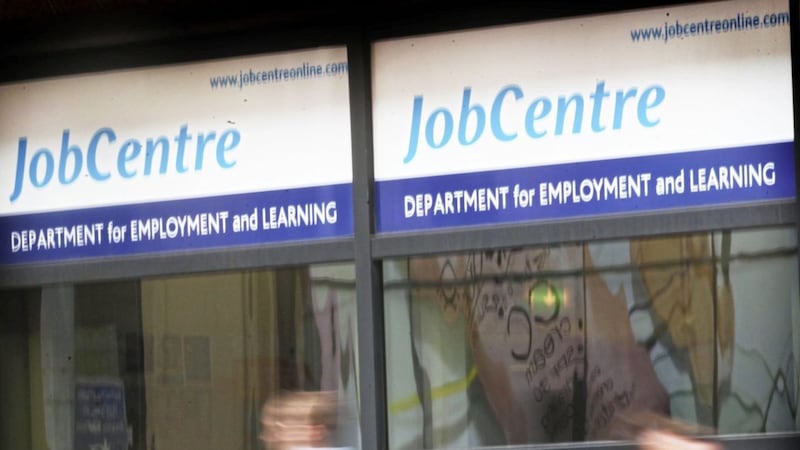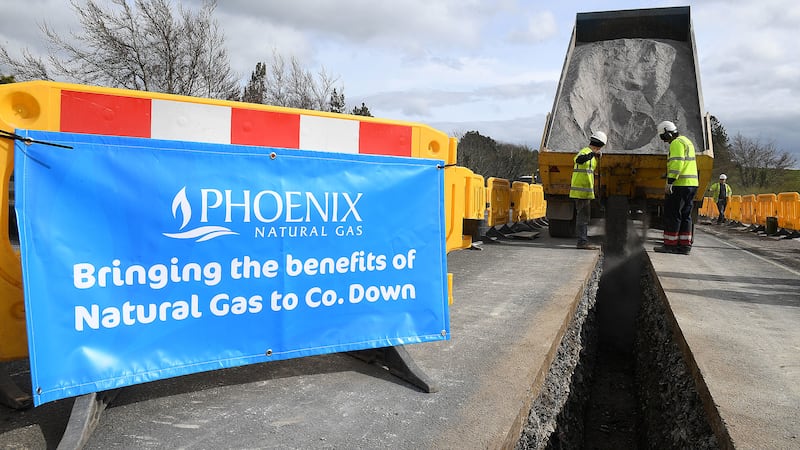THERE were 700 fewer people in Northern Ireland dole queues last month, according to official figures.
It was the seventh consecutive month of decline meaning there was 34,000 people claiming unemployment related benefits in October.
Meanwhile, the unemployment rate over the three months to September was 5.6 per cent compared to 4.8 per cent for the UK as a whole.
The employment rate - one the economically inactive has been taken out of the equation - was 69.9 per cent, the highest since the quarterly Labour Force Survey series began in 1995.
Across the UK, unemployment has fallen to a 10-year low, but there are signs that the jobs market might be "cooling.
The jobless total was cut by 37,000 in the quarter to September to 1.6 million, the lowest since 2006, giving an unemployment rate of 4.8 per cent.
The number of people in work has jumped by 461,000 over the past year to a near-record high of just under 32 million.
The employment rate of 74.5 per cent is the highest since records began in 1971.
But the claimant count increased by 9,800 in September to 803,300, the third consecutive monthly rise.
The Office for National Statistics (ONS) also reported that the EU referendum had so far had little impact on the number of EU workers in the UK labour force.
The number of non-UK nationals working in the UK increased by 241,000 over the past year to 3.4 million.
The figure has risen by almost a million since 1997, with the proportion of non-UK nationals working in the UK increasing from 3.7 per cent to 10.9 per cent.
There were 2.3 million EU nationals working in the UK in the latest quarter, up by 232,000 on a year ago, but lower than the increase on the previous year.
Other data from the ONS showed that average earnings increased by 2.3 per cent in the year to October, unchanged from the previous month.
ONS statistician David Freeman said: "Unemployment is at its lowest for more than 10 years and the employment rate remains at a record high.
"Nonetheless, there are signs that the labour market might be cooling, with employment growth slowing."
Job vacancies have increased by 12,000 to 757,000, while the latest figures also showed a record 14.8 million women are in work.
Full-time employment has increased by 350,000 over the past year to 23.2 million, while the number of part-time workers has risen by 110,000 to 8.5 million.
The number of people classed as economically inactive, including those on long-term sick leave or who have given up looking for work, increased by 49,000 to 8.8 million.



